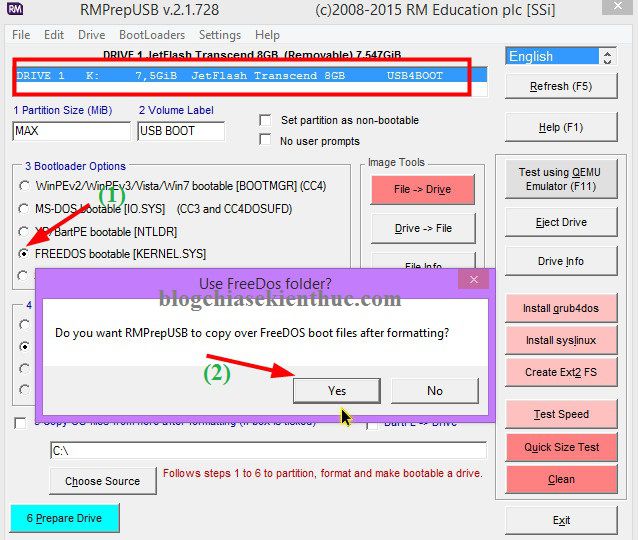

- #EASY TO BOOT SVR2012 INSTALL#
- #EASY TO BOOT SVR2012 DRIVERS#
- #EASY TO BOOT SVR2012 UPGRADE#
- #EASY TO BOOT SVR2012 LICENSE#
- #EASY TO BOOT SVR2012 ZIP#
#EASY TO BOOT SVR2012 INSTALL#
Scour the internet for server tools that install the Hyper-V management snap-in for Win 7.Ħ. Install ESX client and start running VMs!Ĥ. Go back to my desk and open my web browser to Management IP and download client.ĥ. After reboot, config management IP address.Ĥ. Boot from disc, follow steps to overwrite hard drive and install.ģ. Was just thrown out there so Microsoft could claim they have a free virtualization server like MS?Ģ. How the heck is anyone going to evaluate it this in a reasonable manner? I feel like it I would really like a version that I can up and running in less than half an hour like esxi. Intented to be used by IT Geniuses in a domain only. This thing is a trainwreck! There is not a chance in hell that anyone will ever use this thing in scenarios like mine. I downloaded the Hyper-V 2012 RC standalone version and installed it. I keep reading about how Hyper-V is catching up to VMware in features. I've been using the free version of VMware ESXi for development testing for years.

#EASY TO BOOT SVR2012 ZIP#
If you think something might have gone wrong during your upgrade, copy and zip the %SystemRoot%\Panther (usually C:\Windows\Panther) directory and contact Microsoft support.This is really a complaint not a question. Make sure all of your applications are running and that your client connections to the applications are successful. You should see your edition of Windows Server 2019, for example Windows Server 2019 Datacenter. Open the Registry Editor, go to the HKEY_LOCAL_MACHINE\SOFTWARE\Microsoft\WindowsNT\CurrentVersion hive, and view the ProductName.
#EASY TO BOOT SVR2012 UPGRADE#
After the upgrade finishes, your server will restart.Īfter your upgrade completes, you must make sure the upgrade to Windows Server 2019 was successful. The in-place upgrade starts, showing you the Upgrading Windows screen with its progress. Select Keep personal files and apps to choose to do an in-place upgrade, and then select Next.Īfter Setup analyzes your device, it will prompt you to proceed with your upgrade by selecting Install. This feature isn't compatible with Windows Server 2019. Setup will recommend that you remove Microsoft Endpoint Protection using Add/Remove programs. Select Accept to accept the terms of your licensing agreement, based on your distribution channel (such as, Retail, Volume License, OEM, ODM, and so on). Select the Windows Server 2019 edition you want to install, and then select Next.
#EASY TO BOOT SVR2012 LICENSE#
Setup checks your device configuration, you must wait for it to finish, and then select Next.ĭepending on the distribution channel that you received Windows Server media from (Retail, Volume License, OEM, ODM, etc.) and the license for the server, you may be prompted to enter a licensing key to continue.
#EASY TO BOOT SVR2012 DRIVERS#
Locate the Windows Server 2019 Setup media, and then select setup.exe.įor internet-connected devices, select the Download updates, drivers and optional features (recommended) option, and then select Next.

Make sure the ProductName value says you're running Windows Server 2012 R2. You can't have any virtual machines running during the in-place upgrade. You must also Shut down, Quick migrate, or Live migrate any virtual machines currently running on the server. Open the Registry Editor, go to the HKEY_LOCAL_MACHINE\SOFTWARE\Microsoft\WindowsNT\CurrentVersion hive, and then copy and paste the Windows Server BuildLabEx (version) and EditionID (edition) into the same location as above.Īfter you've collected all of your Windows Server-related information, we highly recommend that you backup your operating system, apps, and virtual machines. Type ipconfig /all into the command prompt, and then copy and paste the resulting configuration information into the same location as above. Open a command prompt, go to c:\Windows\system32, and then type systeminfo.exe.Ĭopy, paste, and store the resulting system information somewhere off of your device. Because this information is intended for use only if your upgrade fails, you must make sure that you store the information somewhere that you can get to it off of your device. Before you begin your in-place upgradeīefore you start your Windows Server upgrade, we recommend that you collect some information from your devices, for diagnostic and troubleshooting purposes. This article helps you to move from Windows Server 2012 R2 to Windows Server 2019. An in-place upgrade allows you to go from an older operating system to a newer one, while keeping your settings, server roles, and data intact. If you want to keep the same hardware and all the server roles you've already set up without flattening the server, you'll want to do an in-place upgrade.


 0 kommentar(er)
0 kommentar(er)
